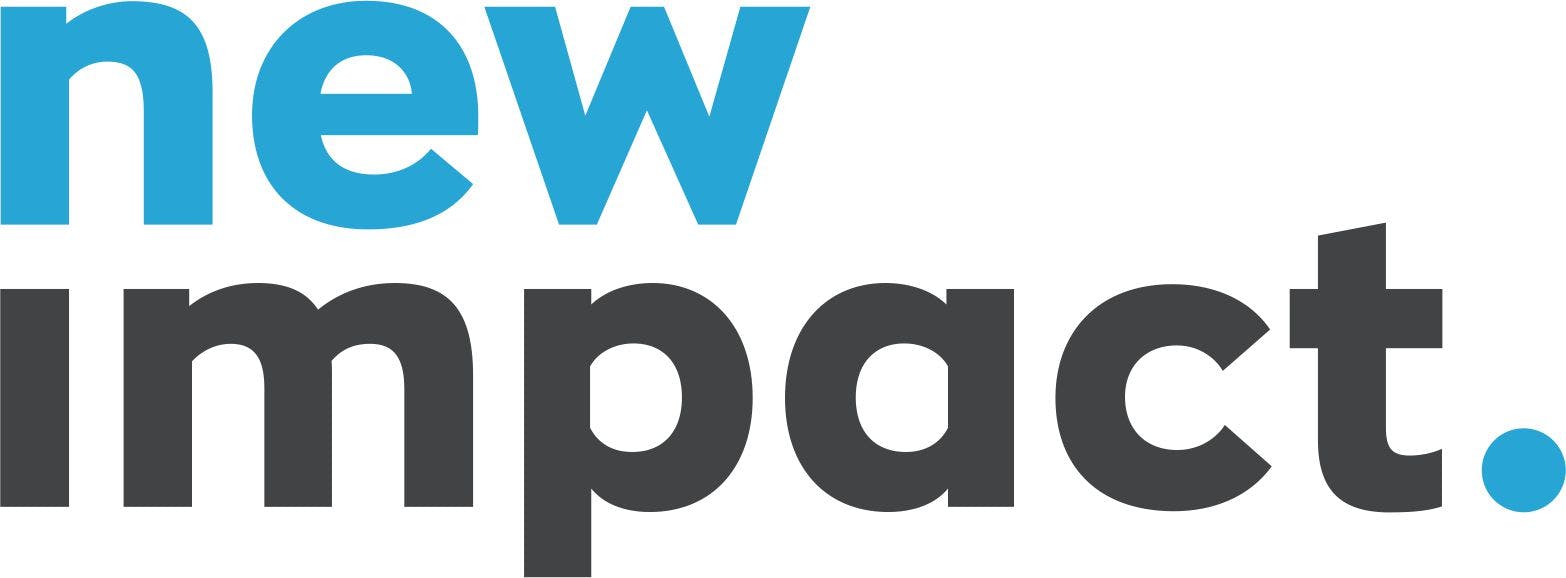Pages

Tri-Sector Innovation Tools
Spotlight Interviews & Maps
What are the opportunities for impact? Free tools to illuminate needs, opportunities & bottlenecks
The Spotlight Interview is an interview process for gathering input and insights from people with deep knowledge in an particular area to help identify specific barriers, opportunities and other contextual factors in their work and/or experience.
Unlike many research interview processes, the interviewee is invited to explore the role other sectors play and to consider the possibilities if they were able to tap into new kinds of resources and options. The insights gathered reveal areas that are ripe for innovation and can unlock opportunities for outsized impact.
when incuded in other contexts like Customer Discovery, practices from Design Thinking, Human-Centered Design, Liberating Structures, or Appreciative Inquiry.
Spotlight Maps are mind-maps used to visually organize and share insights gained from Spotlight Interviews.
These two tools work together to:
How does it work?
The Spotlight Interview process includes interviews with people from each of the three different sectors, as well as from impacted persons who have first-hand experience with the impact area, to capture a wide range of perspectives.
Ensuring there is a good blend of experience including those closest to the problems is key. Spotlight interviewees should represent a diverse range of experience in the impact area, from lived experience to professional or volunteer work to policy knowledge or work in a related industry or system. Information that could identify interviewees is not included in the Spotlight Map nor any other information shared.
Alongside our tailored approach in choosing interviewees, Spotlight Interviews include engaging questions that help shift the interviewee’s perspective to include a tri-sector lens.
“If you had a magic wand, what specific things would you make happen?”
—
“If you could tap into the resources of another organization, what resources would you use to help achieve your desired outcomes?”
Information, key quotes (or paraphrased quotes), and insights from the interviews are then organized and graphically represented in a Spotlight Map to aid synthesis, exploration, and understanding.
Spotlight Maps are commonly organized by grouping insights from Spotlight Interviews into focus areas or themes of the impact area.
Highlights are used to flag key insights and opportunities or trends by sectors. Both perspectives aid in understanding the potential areas of innovation within an impact area, as well as identifying trends of interest across the sectors and communities.


TLDR
Needs addressed by Spotlight Interviews & Spotlight Maps
Explore published Spotlight Maps


Example of Denver-Food Insecurity Spotlight Map with “insights and opportunities overlay”.


Example of Denver-Food Insecurity Spotlight Map with “tri-sector trends overlay”.
Spotlight Maps as a sharing tool
We’ve found Spotlight Maps to be an effective way of sharing knowledge with others and for bringing them up to speed. We also share open access to Spotlight Maps generated from our work.
Spotlight Maps - Current vs Future
Potential Spotlight Map data - Future
Want to print your doc?
This is not the way.
This is not the way.

Try clicking the ⋯ next to your doc name or using a keyboard shortcut (
CtrlP
) instead.